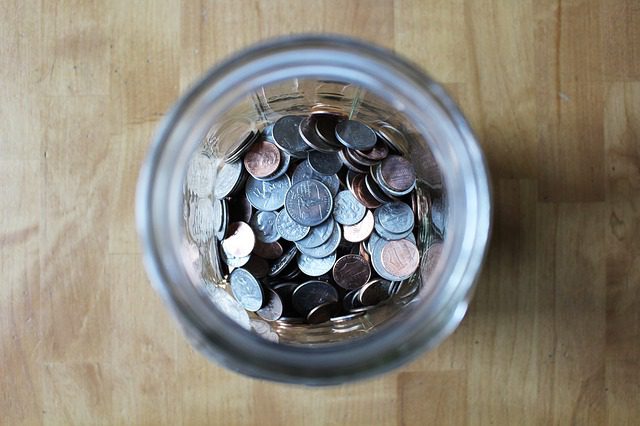
If I Had a Nickel…
March 14, 2022
On Friday, we received the latest Consumer Price Index (CPI) figure from the US Bureau of Labor Statistics, which revealed that at the end of February, the price of goods was on average 7.9% higher than a year prior, the largest year over year jump recorded since 1982. Whether due to supply chain issues, unprecedented amounts of money printing, or the more recent ban on oil imports from Russia, we are feeling the effects of cost increases on our wallets in the US.
Over the past 12 months, we have written about the price of lumber, oil, used cars, furniture, and homes increasing. Lately, I am reminded of the old saying “if I had a nickel….” because it seems I would be a rich man if I had one for every time I read a new headline about rising prices. As it turns out, last week, the saying “if I had a nickel” took on even greater meaning, with the price of the metal nickel surging over 250% and briefly surpassing $100,000 per ton.
Nickel is mainly used in the production of stainless steel and, more recently, as a key component in the batteries which power electric vehicles. In 2020, the largest producer of nickel ore, Indonesia, temporarily banned its production, setting the stage for a dwindling global supply. According to the International Nickel Study Group, global stainless-steel production increased by over 12% in 2021, with further increases expected for 2022. At the same time, traditional automakers, including General Motors, Ford, and Volkswagen, have rapidly pivoted towards electric vehicle production, further adding to the demand for nickel.
The final set of catalysts which led to the recent explosion in price was related to both the supply/demand imbalance and the global response to Russia’s attack on Ukraine. Russia produces around 10% of the world’s nickel supply, but more importantly, they make up over one-third of the world’s production of the high-grade type used in electric vehicle batteries. As the world closed its ports to Russian cargo ships, the price of nickel began to surge. This surge caused what’s called a short squeeze, a self-reinforcing process where those who wanted to protect themselves from a drop in the price of nickel by purchasing put options had to buy more nickel to prevent losses, leading to even larger price increases.
Last Tuesday, March 8th, these conditions led to the spot price of nickel jumping over $26,000, the largest single-day dollar gain in the metal’s history, and the London Metal Exchange had to close trading. At the prices seen on Tuesday, the metal in a US $0.05 coin (a nickel, which contains 25% nickel and 75% copper) was worth more than 16 cents!
While spot prices have retreated since Tuesday, you would still be able to nearly double the value of each nickel you own by melting it down and selling the metal if only it were not a crime to do so. Hopefully, we will soon return to times when these stories of price increases are no longer a dime a dozen!
Corey Erdoes

